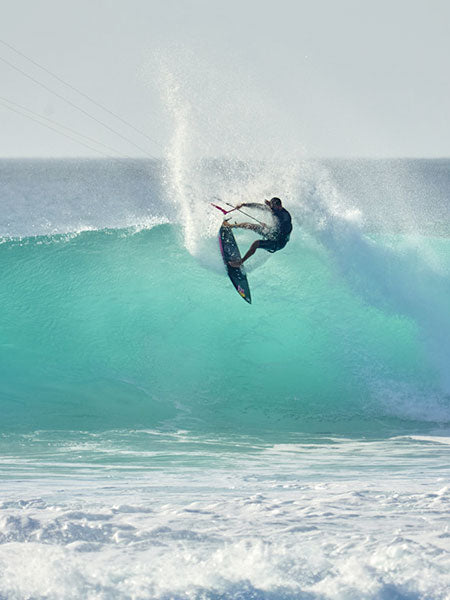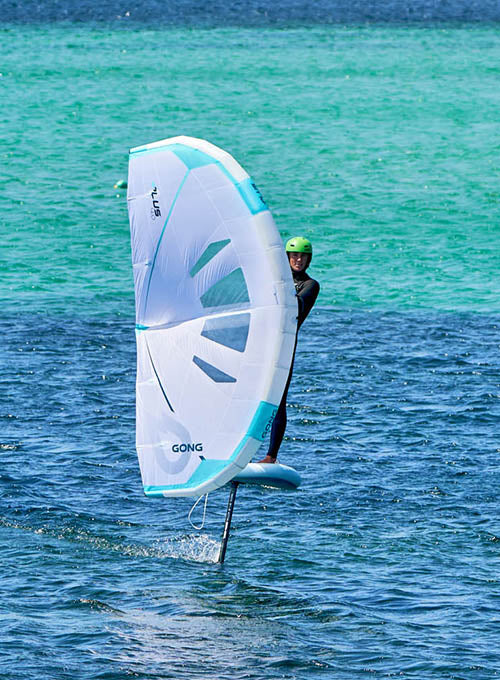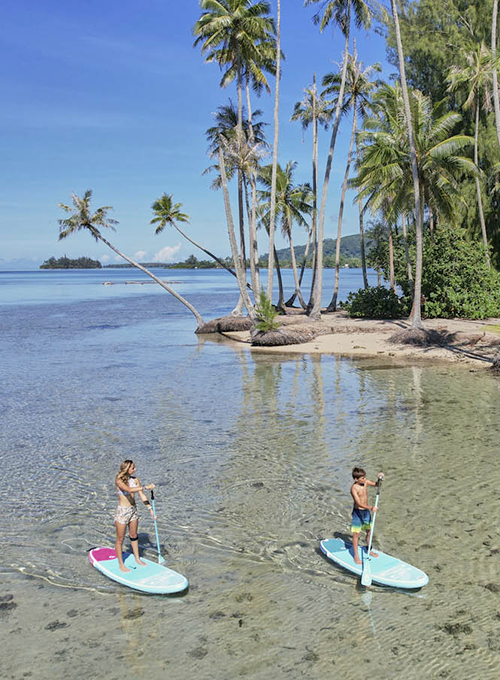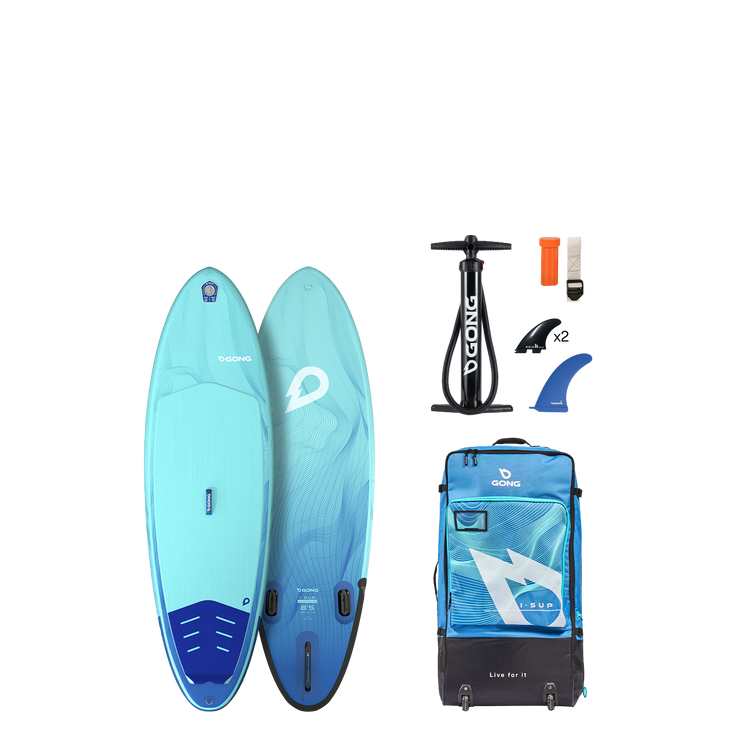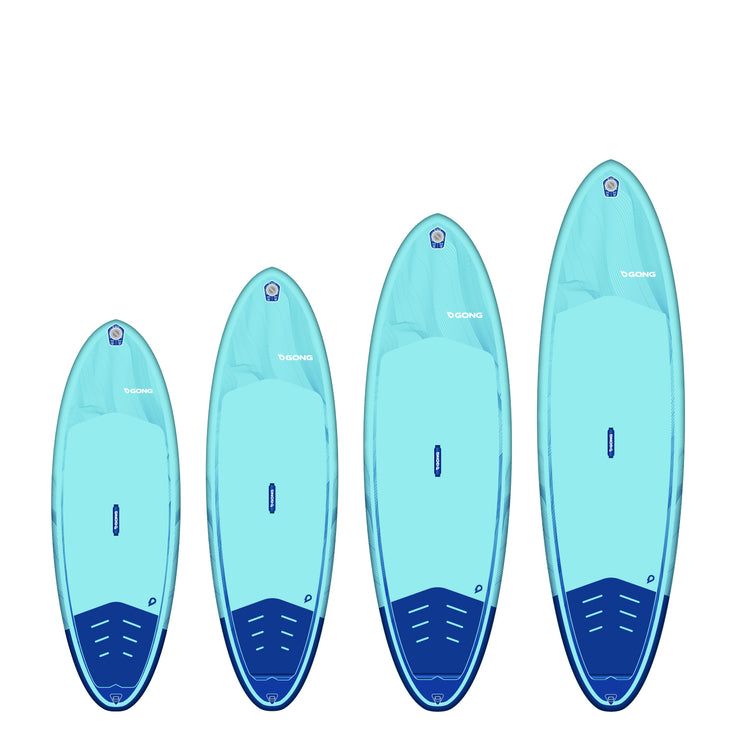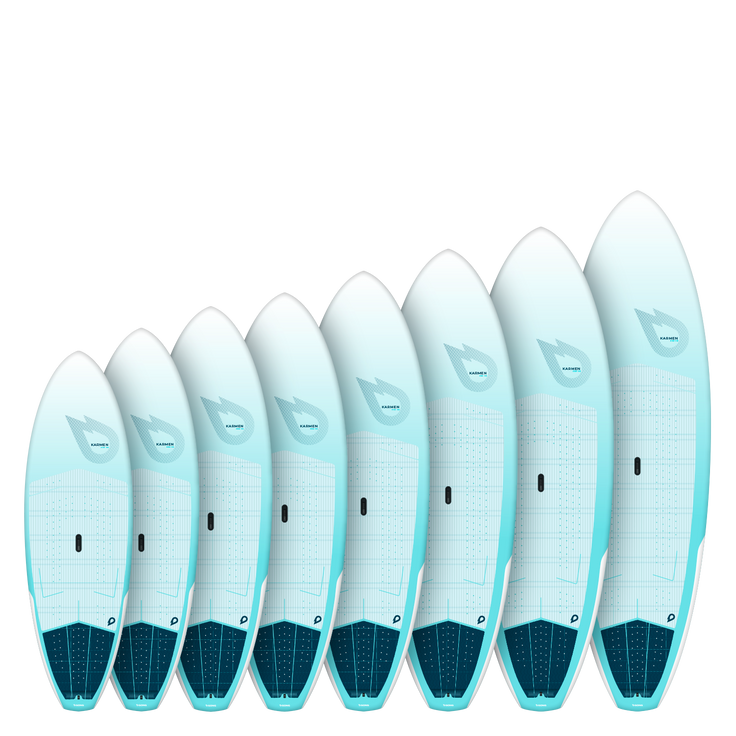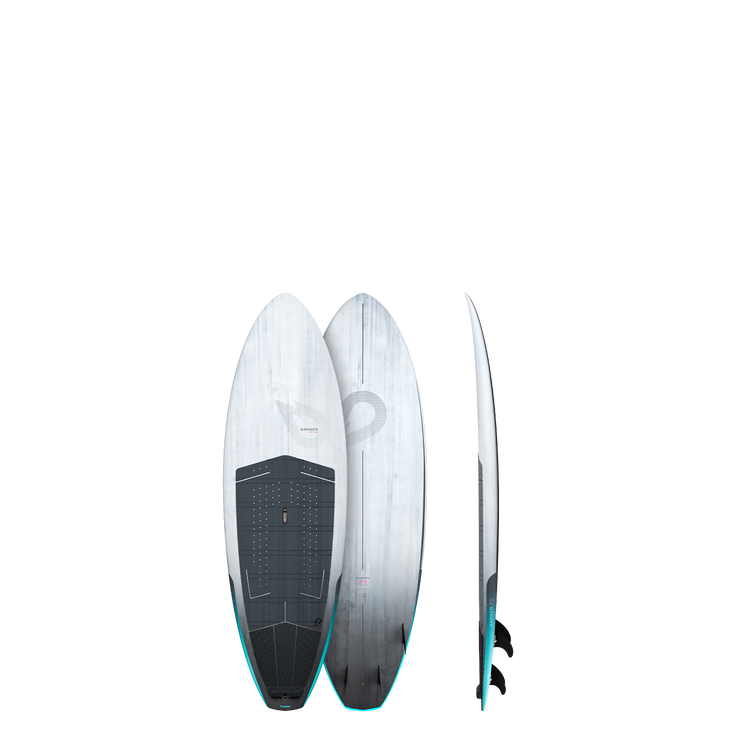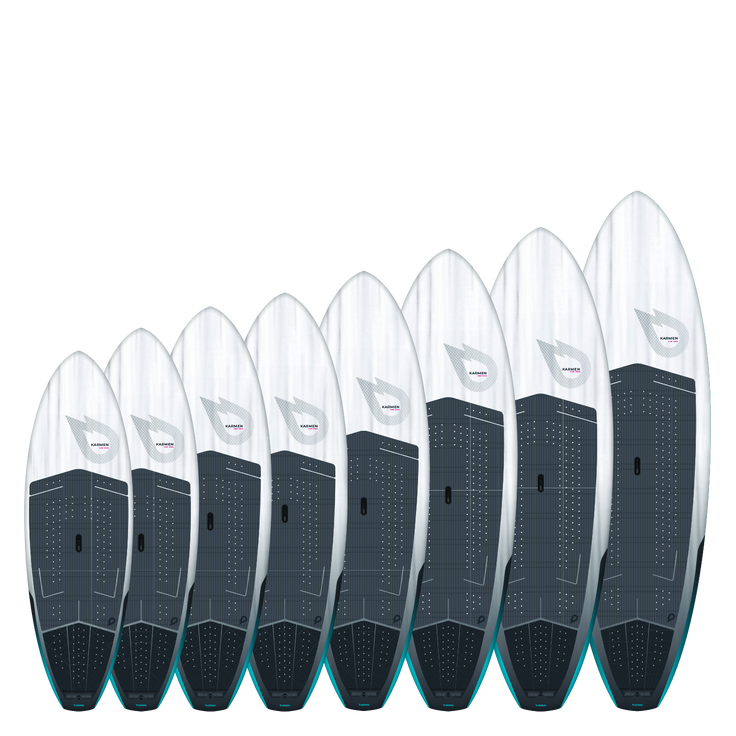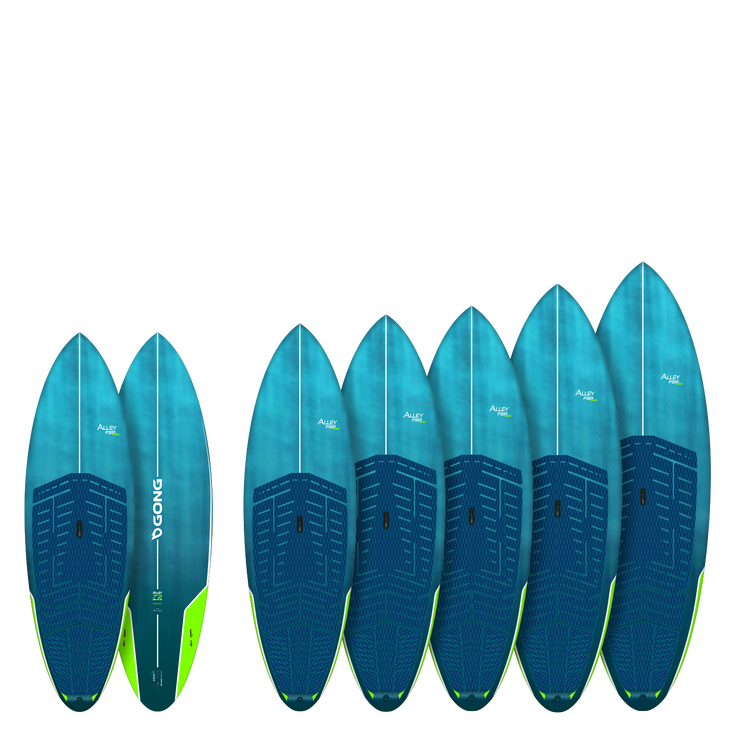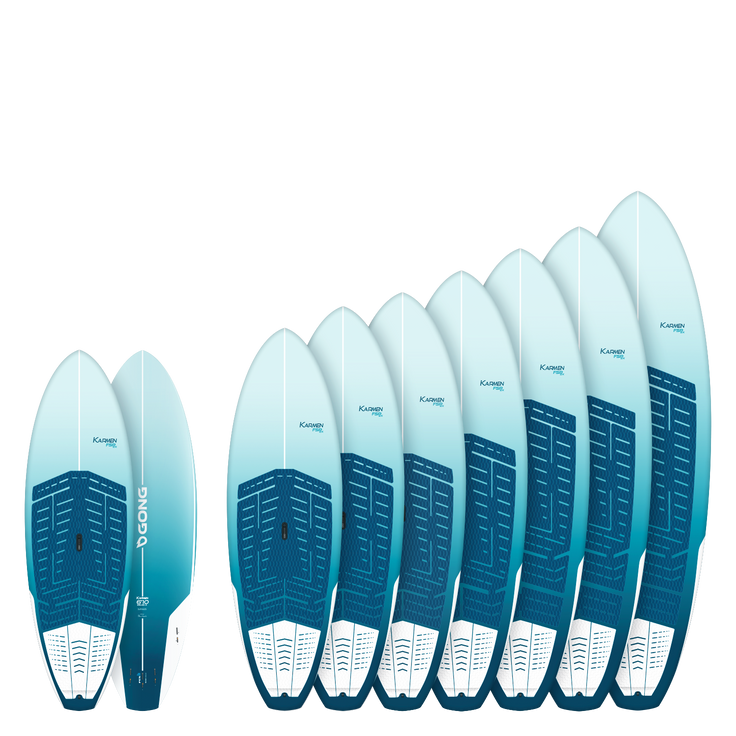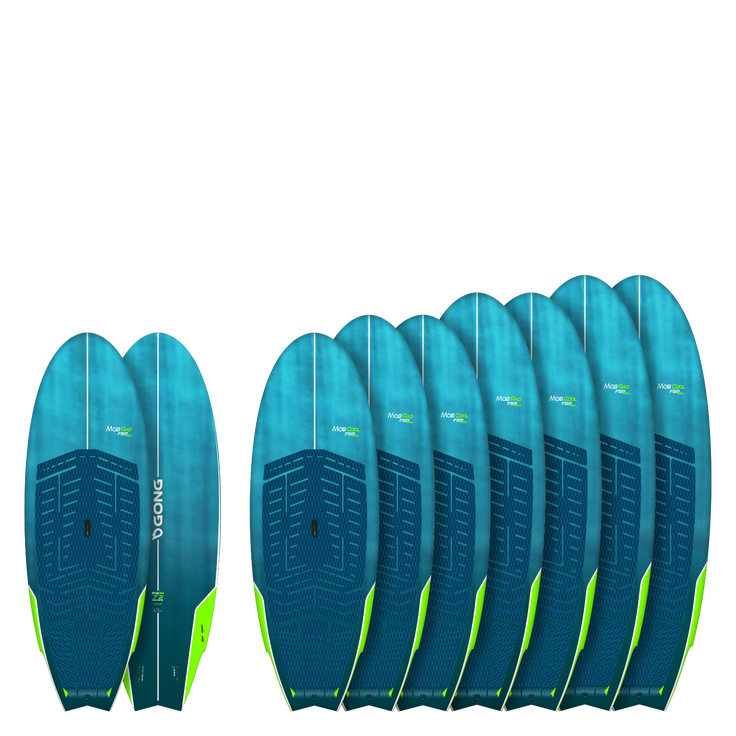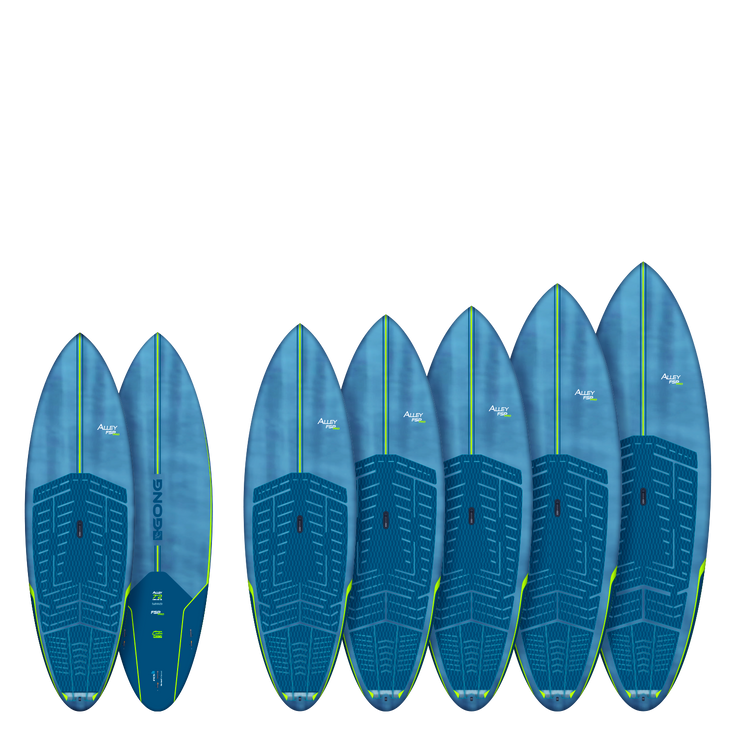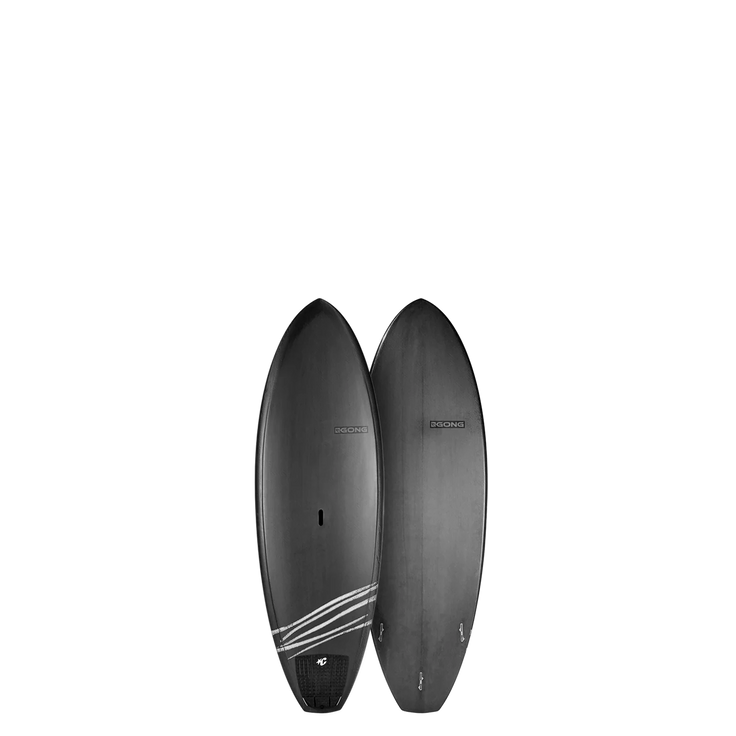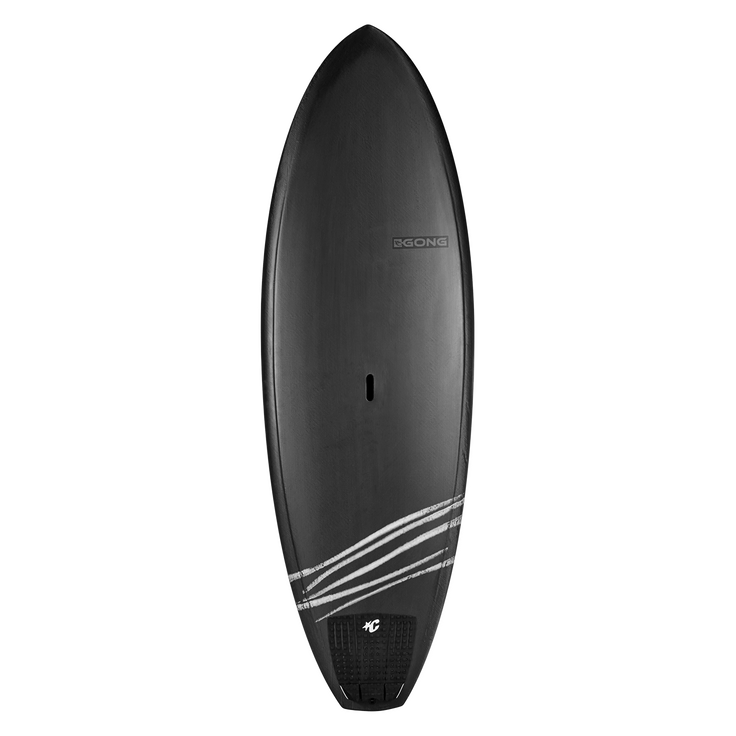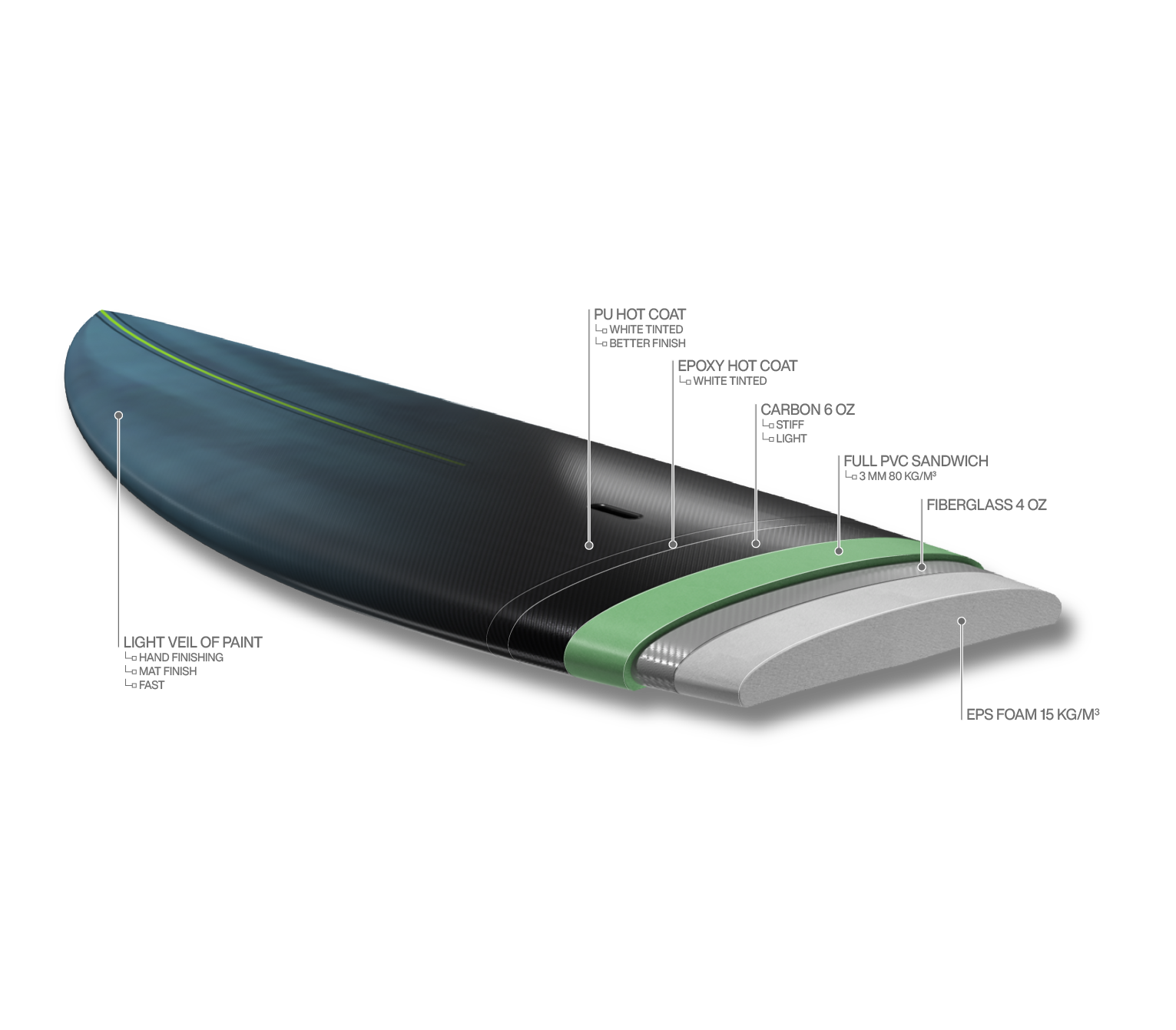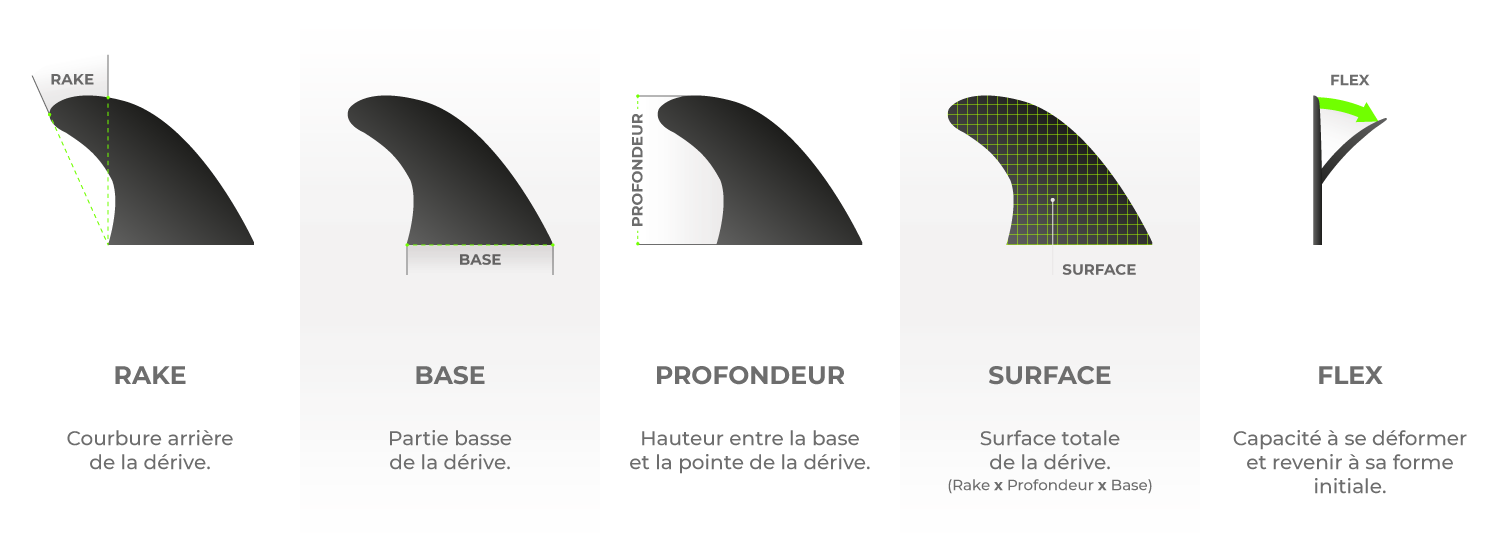heart
heart-full
heart
heart-full
I-SUP Inflatable Shortboard
Mind-blowing performance in surfing!
Regular Price
399€
Sale Price
399€Regular Price
heart
heart-full
heart
heart-full
SUP Alley FSP Pro
The high performance and radical shortboard to shred without limits.
Regular Price
899€
Sale Price
899€Regular Price
heart
heart-full
heart
heart-full
SUP Karmen FSP 2X
High performance shortboard, forgiving and easy to paddle.
Regular Price
749€
Sale Price
749€Regular Price
heart
heart-full
heart
heart-full
SUP Karmen FSP Pro
High performance shortboard, forgiving and easy to paddle.
Regular Price
969€
Sale Price
969€Regular Price
heart
heart-full
heart
heart-full
SUP Mob FSP 2X
Compact board that’s easy to surf and very efficient in soft waves.
Regular Price
799€
Sale Price
799€Regular Price
heart
heart-full
heart
heart-full
SUP Mob FSP Pro
Compact board that’s easy to surf and very efficient in soft waves.
Regular Price
999€
Sale Price
999€Regular Price
heart
heart-full
heart
heart-full
SUP Alley FSP Pro
The high performance and radical shortboard to shred without limits.
Regular Price
699€
Sale Price
699€Regular Price
899€
heart
heart-full
heart
heart-full
SUP Karmen FSP 2X
High performance shortboard that’s tolerant and easy to paddle.
Regular Price
599€
Sale Price
599€Regular Price
769€
heart
heart-full
heart
heart-full
SUP Karmen FSP Pro
High performance shortboard, tolerant and easy to paddle.
Regular Price
789€
Sale Price
789€Regular Price
989€
heart
heart-full
heart
heart-full
SUP Mob FSP Pro
Compact board that’s easy to surf and very efficient in soft waves.
Regular Price
799€
Sale Price
799€Regular Price
999€
heart
heart-full
heart
heart-full
SUP Alley FSP Pro
The high performance and radical shortboard to shred without limits.
Regular Price
539€
Sale Price
539€Regular Price
899€
heart
heart-full
heart
heart-full
SUP Karmen FSP Pro
High performance shortboard, tolerant and easy to paddle.
Regular Price
385€
Sale Price
385€Regular Price
969€
heart
heart-full
heart
heart-full
Factory SUP 6’8 Fatal Light FSP Pro SUP Custom
A unique board, Made In La France, with an exceptional finish.
Regular Price
1600€
Sale Price
1600€Regular Price
1600€
heart
heart-full
heart
heart-full
Factory SUP 7'2 Curve Sp Rounded Light FSP Pro SUP Custom
A unique board, Made In La France, with an exceptional finish.
Regular Price
1600€
Sale Price
1600€Regular Price
1600€
heart
heart-full
heart
heart-full
Factory SUP 7'2 Curve Sp Swallow Light FSP Pro SUP Custom
A unique board, Made In La France, with an exceptional finish.
Regular Price
1690€
Sale Price
1690€Regular Price
1690€
heart
heart-full
heart
heart-full
Factory SUP 7'2 Curve Sp Pro Light FSP Pro SUP Custom
The radical, high-performance shortboard for dismantling everything.
Regular Price
1600€
Sale Price
1600€Regular Price
1600€
heart
heart-full
heart
heart-full
Factory SUP 7'11 Karmen FSP Pro
High performance shortboard, tolerant and easy to paddle.
Regular Price
1950€
Sale Price
1950€Regular Price


